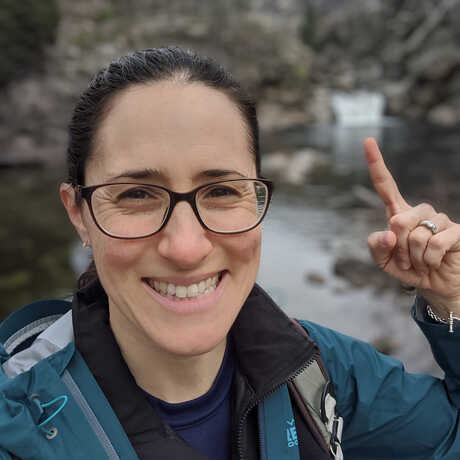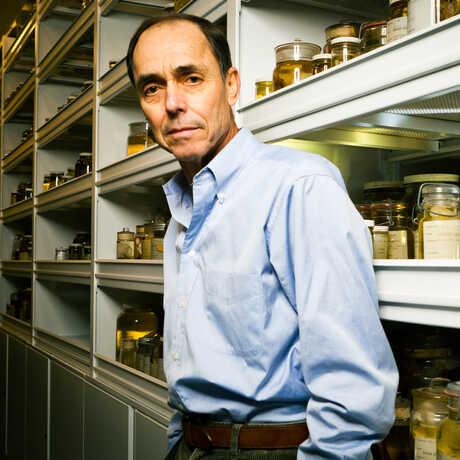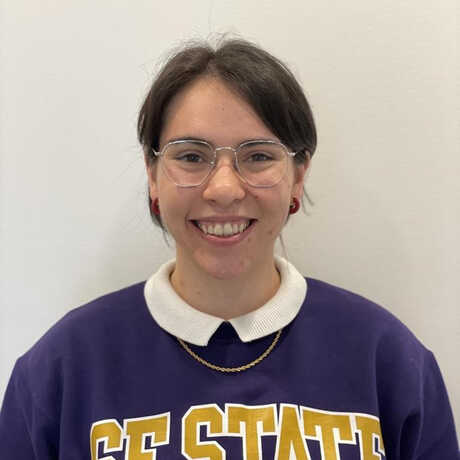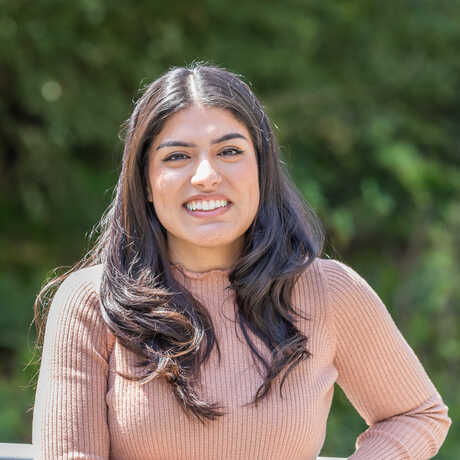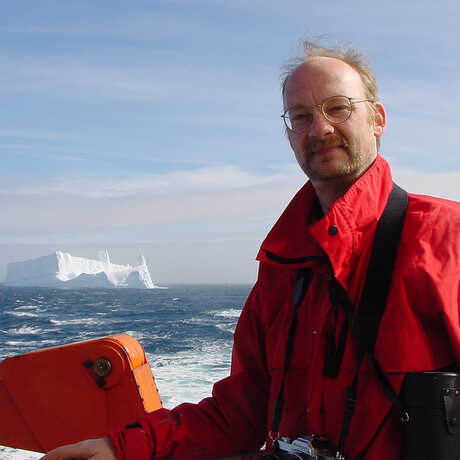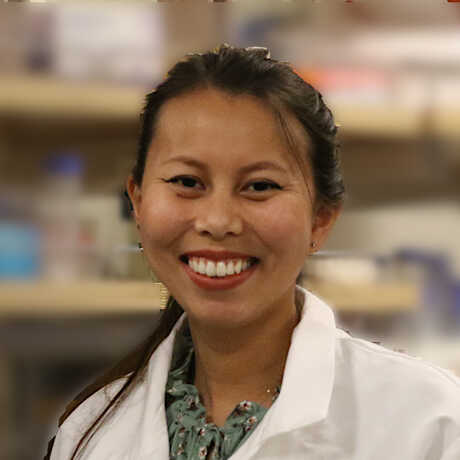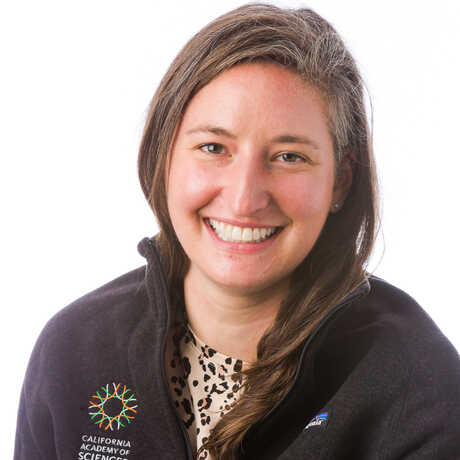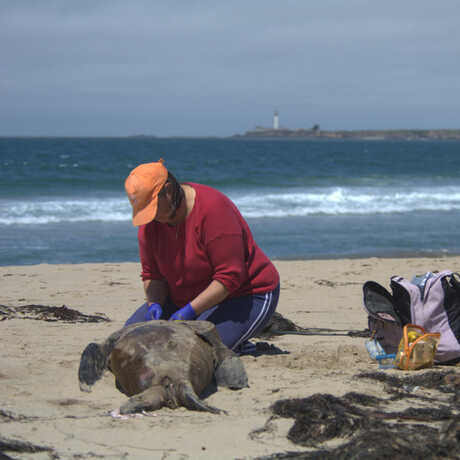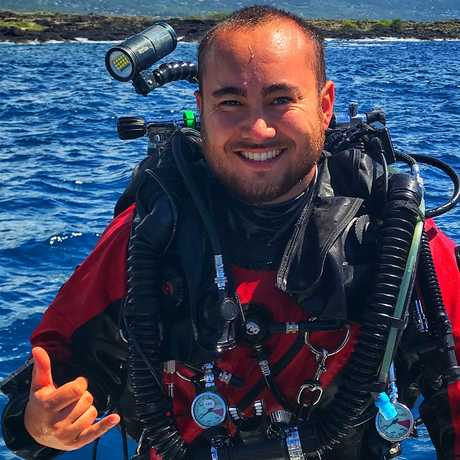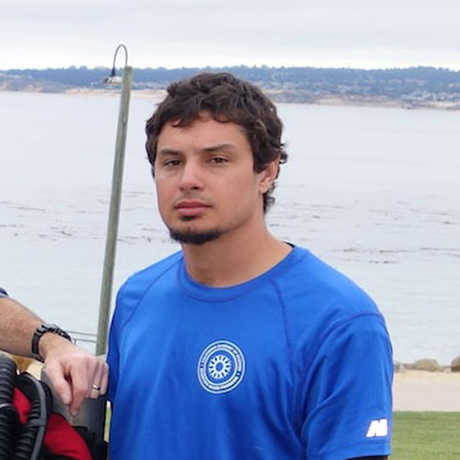My time in the Botany department at the Cal Academy spans my graduate and curatorial assistant work from 2005-2011 and my return in 2018 to present. I studied the taxonomy of Paleotropical Mendoncia (Acanthaceae) for my MS degree and was lucky enough to travel to Madagascar twice. Now, I manage the collection and look forward to the challenging yet fulfilling work ahead with our great team.
Search for Academy curators, collections managers, and research staff working to answer some of the world's most pressing scientific questions.
My research focus has combined field and laboratory studies of aquatic animal evolution and behavior, ranging from microscopic bioluminescent bacteria to macroscopic man-eating elasmobranchs.
Kate Montana is a graduate student researcher in the arachnology lab at the California Academy of Sciences. She is advised by Dr. Lauren Esposito and is working toward her master's degree in integrative biology at San Francisco State University. Her research utilizes morphological and molecular data to revise the evolutionary relationships between genera in a family of small brown spiders, Dictynidae.
When I was about 8 years old, I sat at the kitchen table and used a blue ballpoint pen to draw the "blueprints" for the research vessel I would be using when I became a marine biologist. Things don't always go the way you plan--even when you start early. But I can say that my life as a field biologist and phylogeneticist of marine organisms has never wavered from the exciting endeavor represented by those childhood sketches.
Lindsay works in support of the research division. She enjoys condition reporting and environmental management. Lindsay received her Master of Arts in Museum Studies from San Francisco State University.
Tyler is pursuing a Masters degree in Ecology, Evolution and Conservation Biology at San Francisco State University and serves as an On-Call Dive Officer at the Steinhart Aquarium.
The study of mesophotic reef fish communities is among my major research interests. I am exploring biodiversity and evolutionary processes of reef fishes in isolated seamounts and oceanic islands of the Atlantic Ocean. The discovery of endemic species and the assessment of their distribution and genetic patterns have contributed to a better understanding about the origin of species and biodiversity in these isolated environments.
